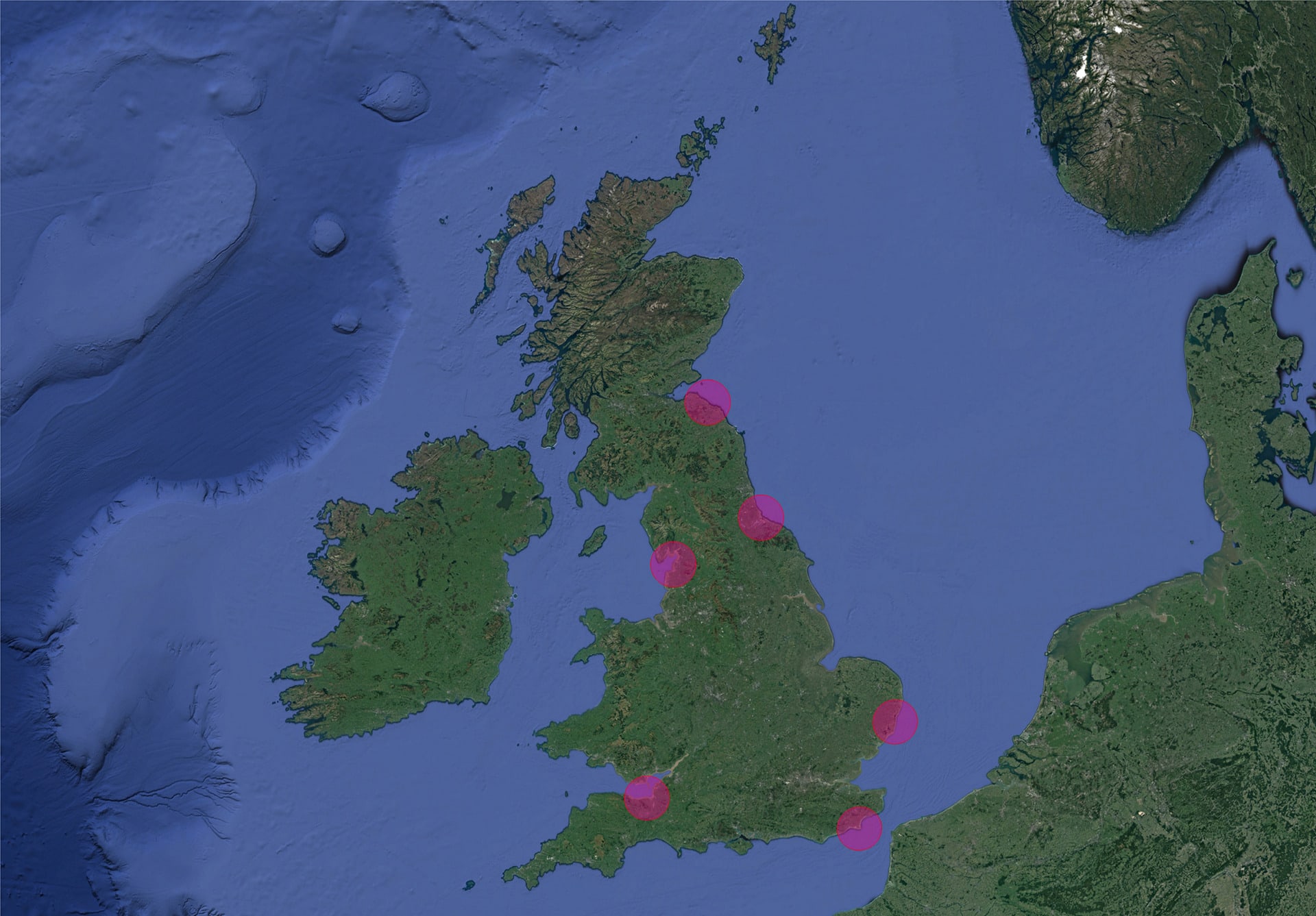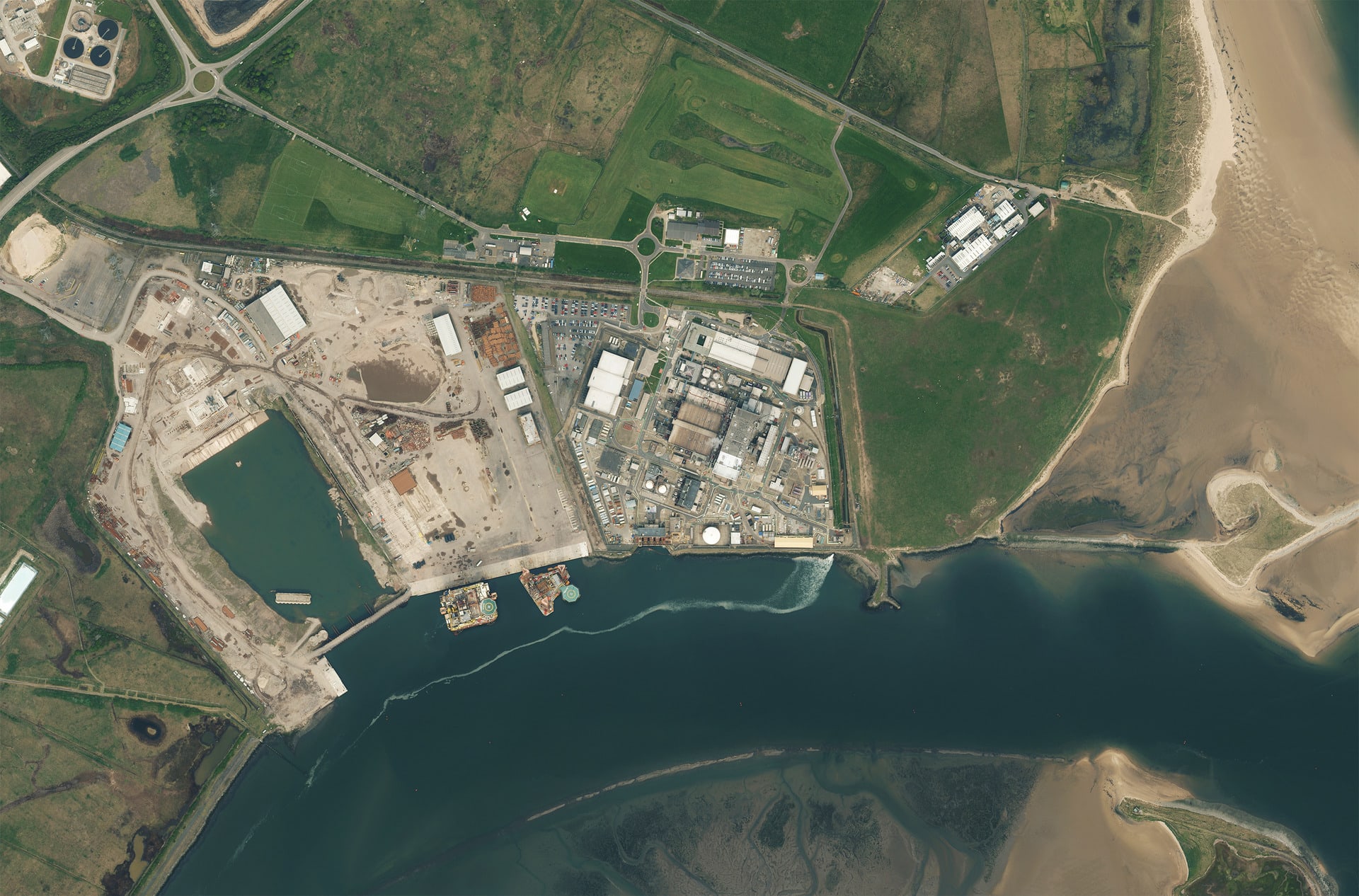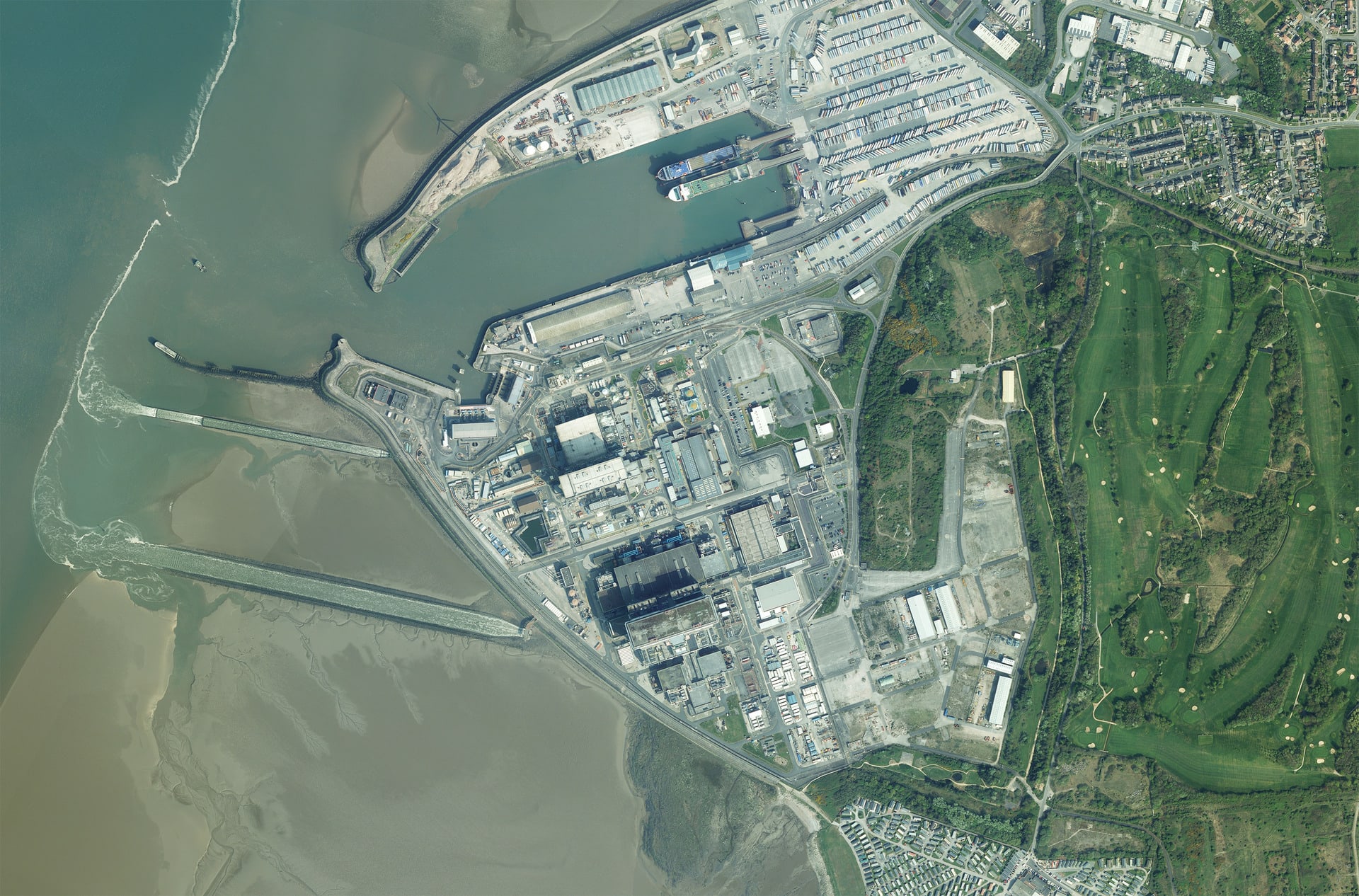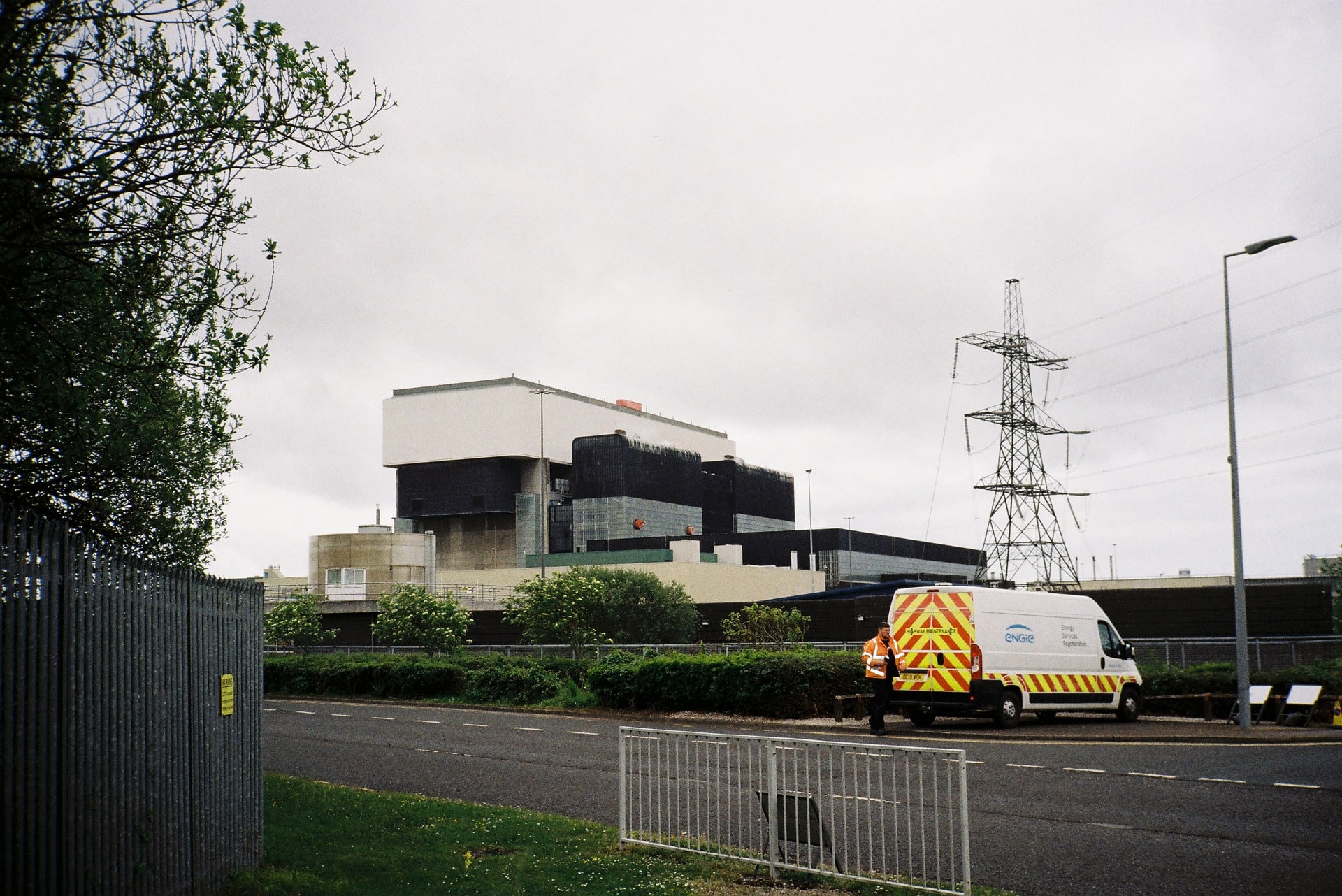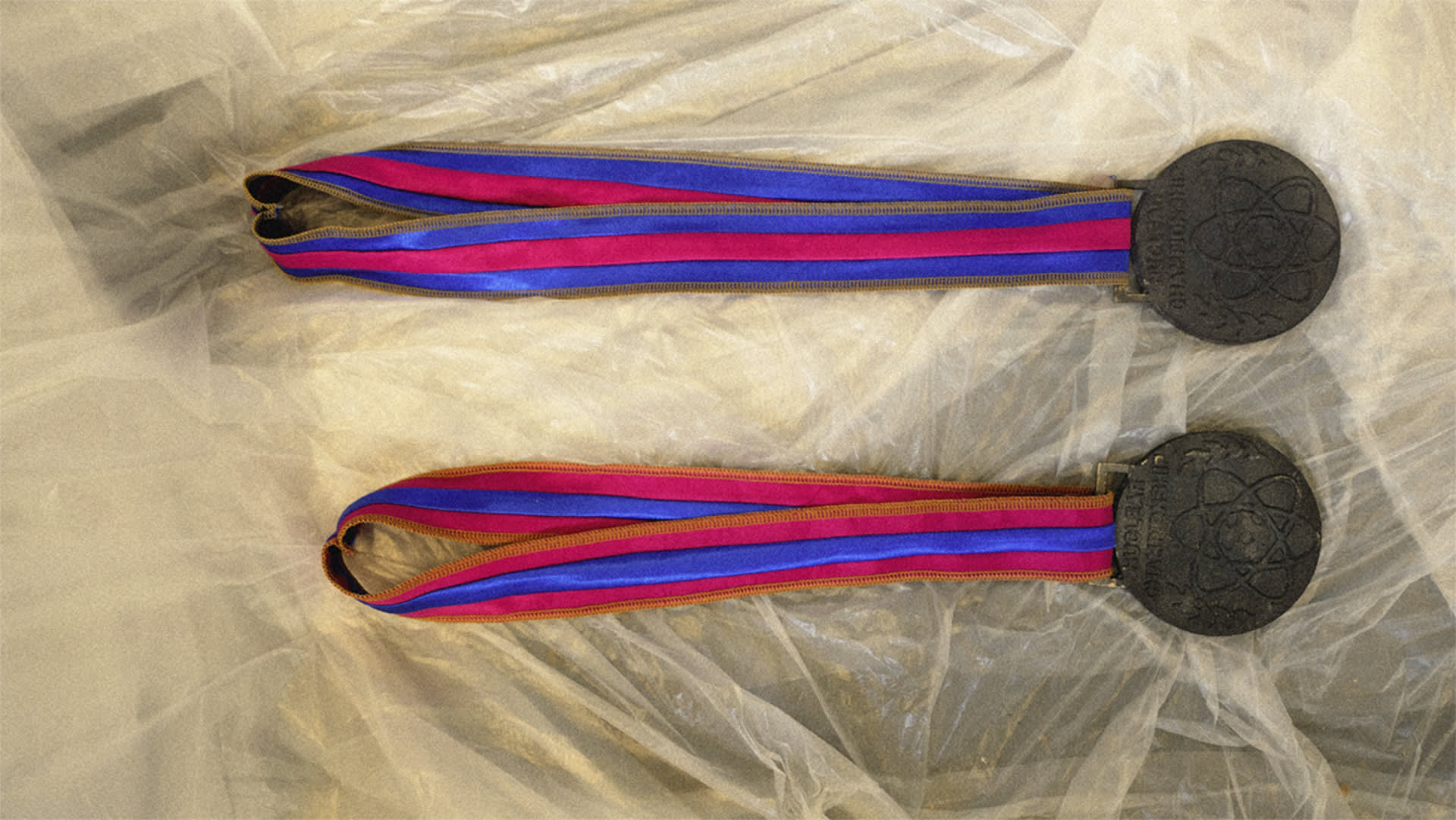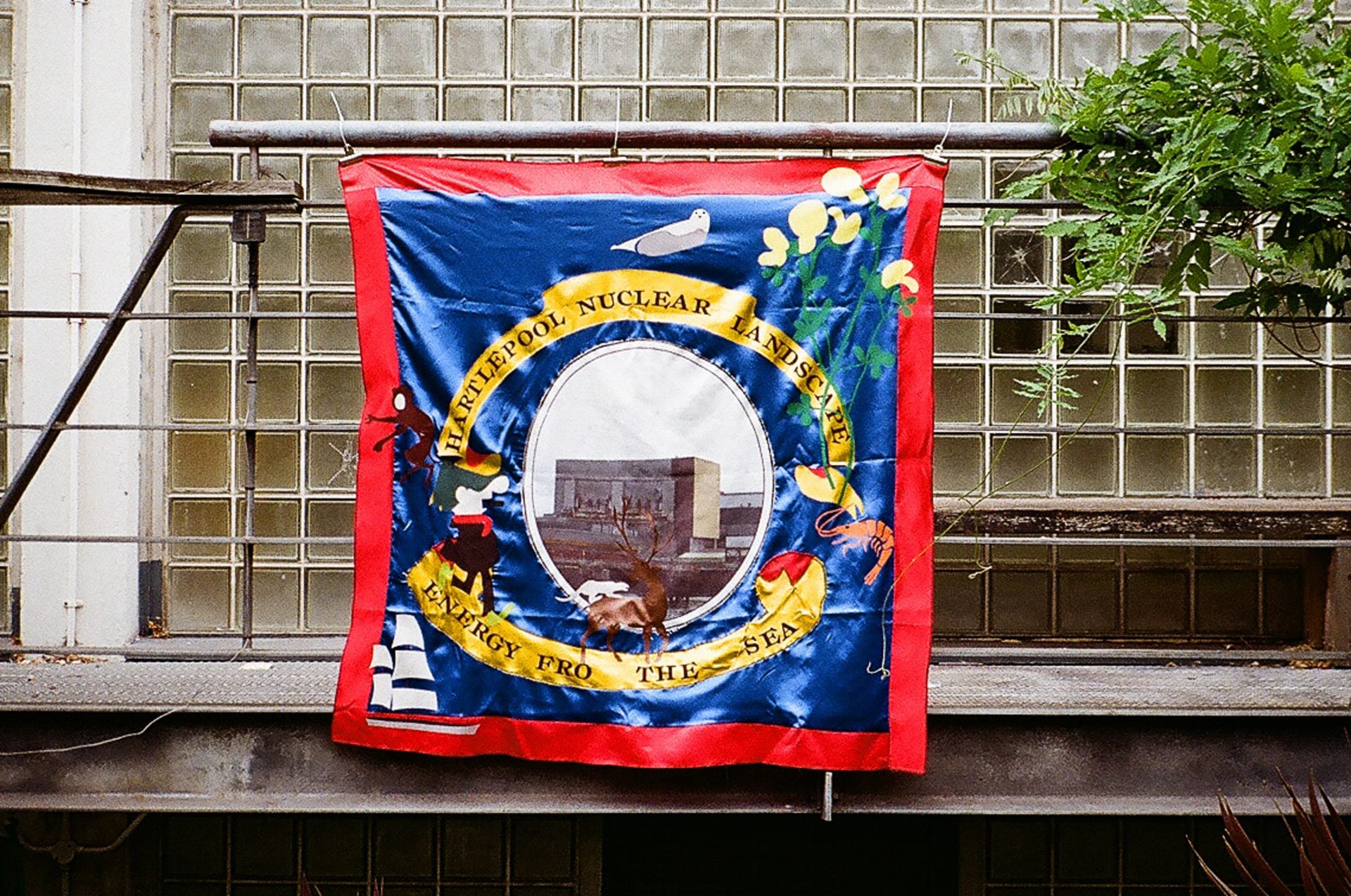Based in London, I'm a designer and researcher with a background in graphic and digital product design. My design process is driven by curiosity in the landscapes and systems that products sit in. Rabbit holes are an integral part of my practice; whether a line from a book, an archival image, or a niche industrial process, projects began from a state of inquisitiveness. Only from a deep understanding of the systems that objects sit do I feel I can begin to design.
Jesse Crabtree Butterfield


For a larger majority of the world, our material catalog is one of abundance. Our days are filled with interaction with thousands of objects. From when we wake up in the morning to the moment we go to bed we are in consistent contact with the built environment. As designers, it is our job to understand how these things are produced, interact with people, and change larger systems as a whole.
Nature
Our history as a design profession cannot be uncoupled from our inexhaustible consumption of the natural world. The materials we require drive the exhaustion of resources as well as the destruction of habitat. The production and logistics of manufacturing are an accelerator of climate change. Our waste streams are polluting our land, water, and air. The choices we make as designers impact all of this, we must understand where and how we are impacting the natural world.
Culture
In a globalized society, a designer must understand the cultures where products live and where they are produced. Products can represent or play a role in power dynamics that are inherent in the social-economic politics of place. To insert “things” within culture is to be influenced and to influence.
Systems
As products are far from local, they are entwined in huge systems of government, finance, and industry. This leads to the impeding of individual control over the “hyperobjects” such as climate change and social inequality. Designers cannot solve these issues, but with the inclusive involvement of seemingly unrelated groups, we can find leverage points to move toward a more loving and just world.
